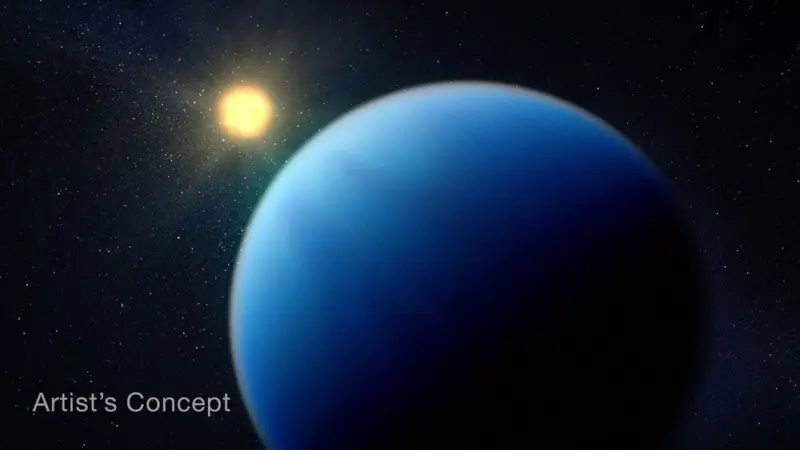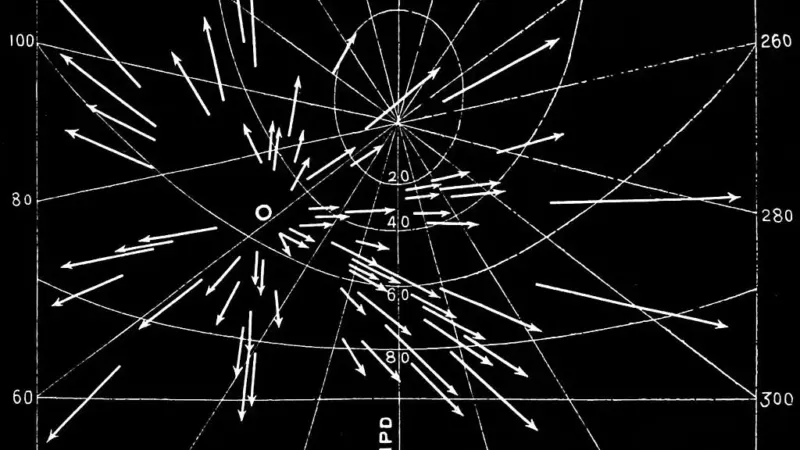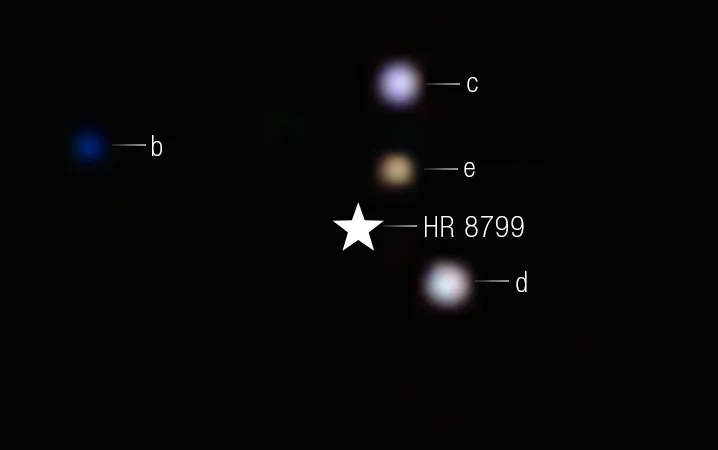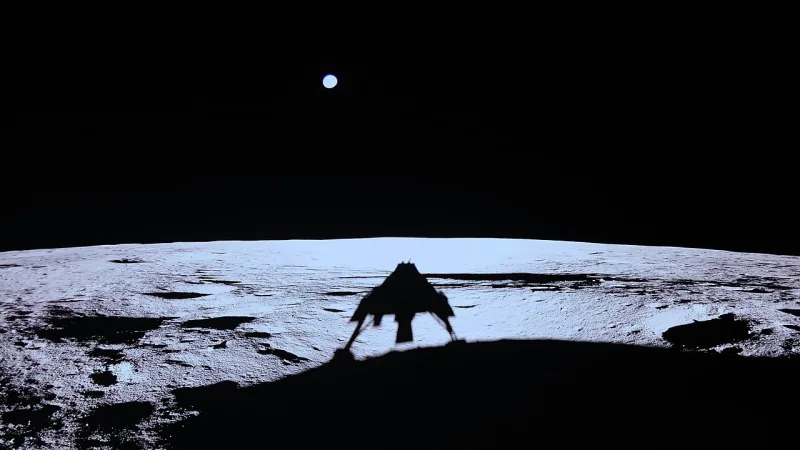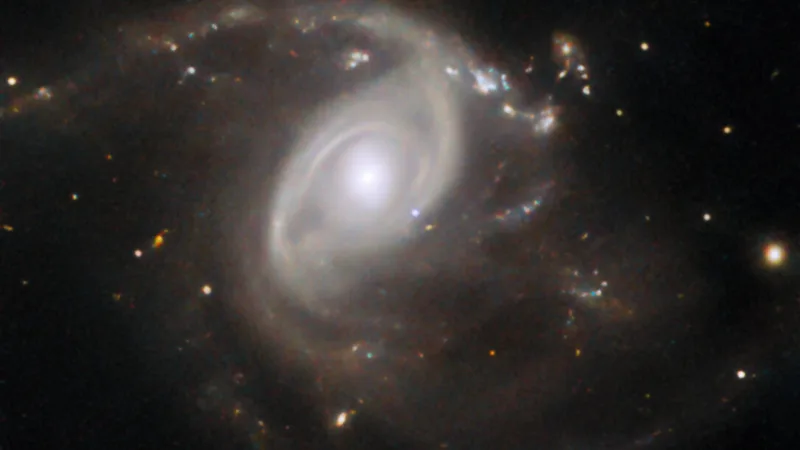JWST Reveals 44 Distant Stars in the Dragon Arc Galaxy
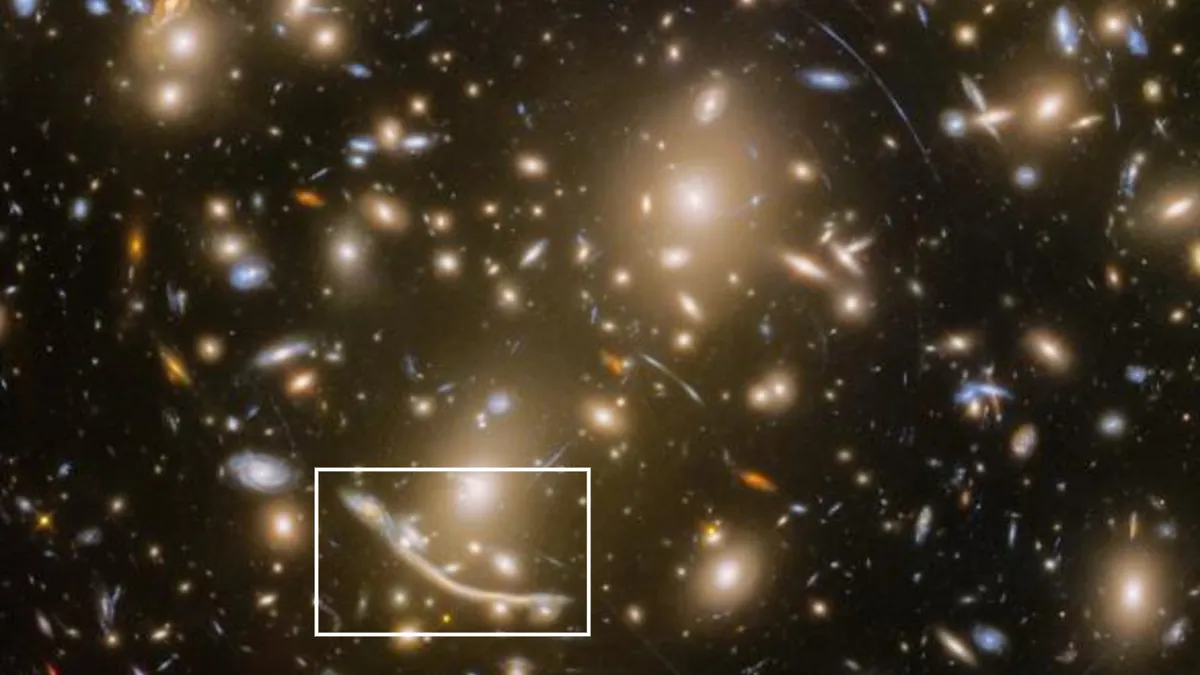
Recent observations have brought to light a remarkable collection of stars in the “Dragon Arc.” This spiral galaxy lies about 6.5 billion light-years away from Earth. It dates back to a time when the universe was roughly half its current age. Typically, stars at such distances are too faint to study in detail. However, part of the Dragon Arc has been magnified, thanks to a cosmic phenomenon known as gravitational lensing.
Einstein’s Light-Bending Legacy
Gravitational lensing was first predicted by Albert Einstein’s general theory of relativity in 1915. The process occurs when light from a distant object passes through space warped by the gravity of a massive object in its path. This gravitational field bends and magnifies the light, often creating circular patterns called Einstein rings. In this case, the light from the Dragon Arc was distorted by Abell 370, a galaxy cluster located about 4 billion light-years away. The result was the elongated arcs of light that revealed the distant galaxy.
Stars in the Spotlight
On January 6, researchers published their findings in Nature Astronomy. They analyzed images from the James Webb Space Telescope (JWST) and identified 44 individual stars in the Dragon Arc. This discovery was unexpected. The team had initially sought hidden lensed objects behind the galaxy cluster.
Also Read:
“We were looking for a background galaxy magnified by the cluster’s galaxies,” said Fengwu Sun, a postdoctoral researcher at the Harvard and Smithsonian Center for Astrophysics. “Instead, we found distinct star points in the data.”
Previously, the most individual stars identified in a distant galaxy was seven. Sun described the breakthrough as a new frontier in studying large groups of stars in far-off galaxies.
Seeing the Unseeable
Astronomers have long been able to detect distant galaxies. However, their images often appear faint and blurry, making it difficult to identify specific features, let alone individual stars. Gravitational lensing has helped in rare cases, but even then, solitary stars were difficult to spot.
The JWST has changed this. Its advanced technology excels at detecting and analyzing gravitationally lensed objects. Moreover, its infrared sensors provide crucial details about the temperatures of celestial bodies. Using this data, researchers classified most of the newly identified stars as “red supergiants,” the largest stars in the universe. By studying these stars, scientists hope to learn more about the evolution of similar stars in our own galaxy.
The team plans to continue exploring the Dragon Arc and other distant galaxies. Their goal is to answer fundamental questions about galaxy formation and the mysterious nature of dark matter. However, meaningful analysis requires more observations of individual stars. Yoshinobu Fudamoto, the study’s lead author and an assistant professor at Chiba University in Japan said:
“To study stellar populations, we need many more observations.”
A New Era of Discovery
With tools like the JWST, the cosmos is revealing its secrets in unprecedented detail. The Dragon Arc, once a faint and distant blur, is now a window into the past. These discoveries promise to reshape our understanding of galaxies, stars, and the universe itself.
Related:
The James Webb Space Telescope: Achievements and Challenges


